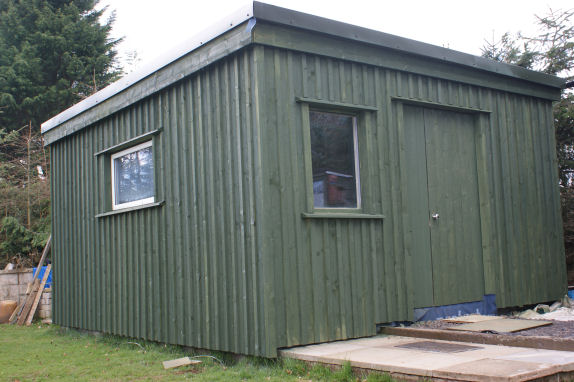swordfish
Member
I built a shed (12' x8') about 10yrs ago and clad it with untreated t&g. It was the painted with a green stain/preservative and in the subsequent years the t&g has shrunk to an extent that a lot of the boards have gaps between them.
I'm intending to re-clad it this year and plan to use treated wood this time however would appreciate advice/suggestions as to whether to use treated t&g or overlapping tapered boards.
Cheers
Colin
I'm intending to re-clad it this year and plan to use treated wood this time however would appreciate advice/suggestions as to whether to use treated t&g or overlapping tapered boards.
Cheers
Colin


































